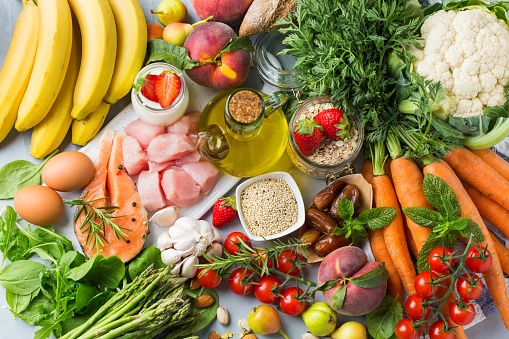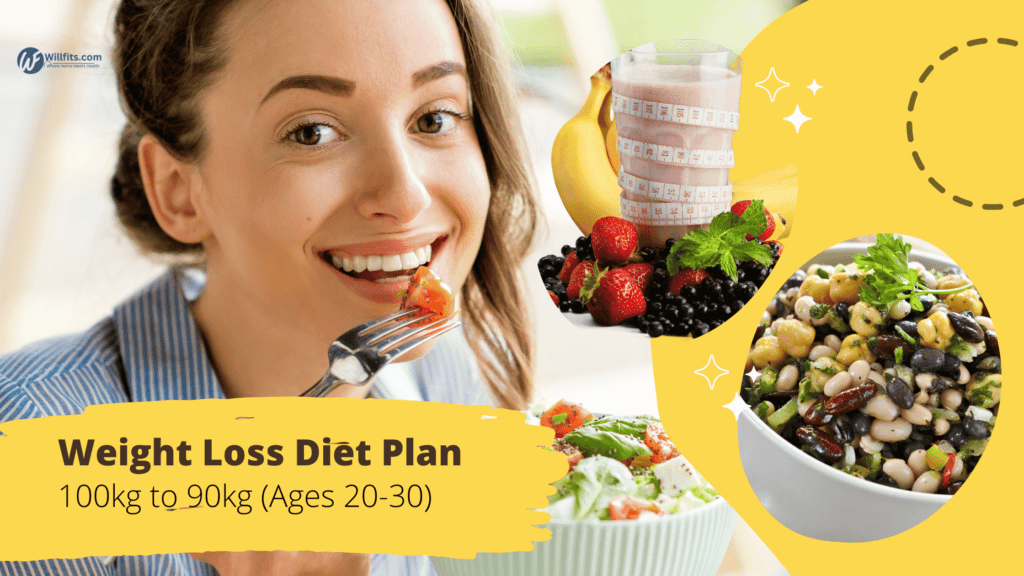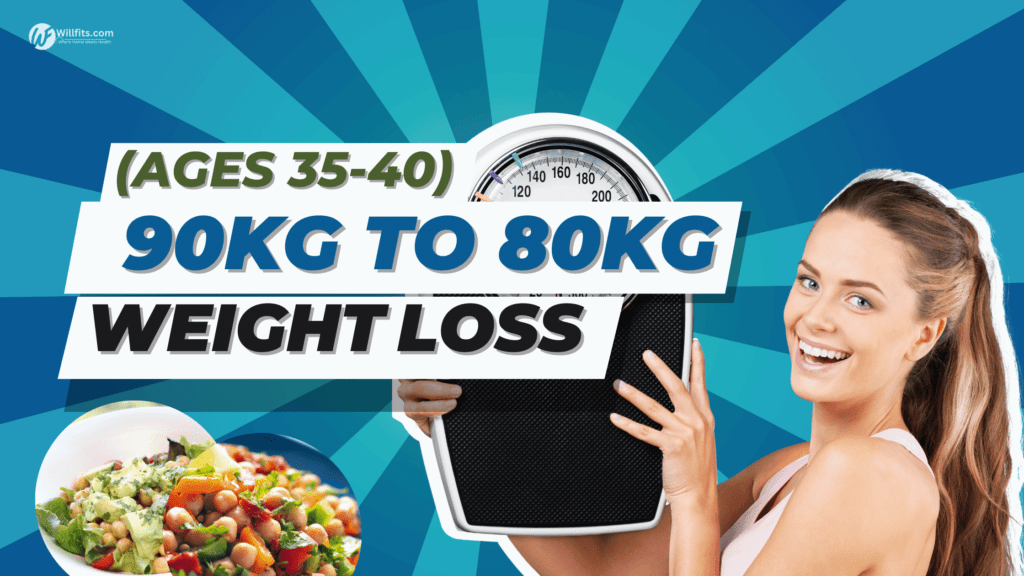Flexible Dieting
Flexible Dieting, also known as “If It Fits Your Macros” (IIFYM), is a nutrition approach that focuses on tracking macronutrients (carbohydrates, proteins, and fats) rather than strict food restrictions. Here’s an explanation of Flexible Dieting in an Indian style, including what to eat, what to avoid, how to follow it, and a sample 7-day plan:
What to Eat on a Flexible Dieting Indian Style
- Include a variety of whole foods such as fruits, vegetables, lean proteins, whole grains, and healthy fats.
- Opt for high-quality protein sources like chicken breast, fish, tofu, paneer (Indian cottage cheese), lentils, and legumes.
- Choose complex carbohydrates like brown rice, quinoa, millets, oats, and whole wheat bread.
- Incorporate healthy fats from sources like avocados, nuts, seeds, olive oil, and coconut oil.
- Enjoy a balanced intake of vitamins and minerals from a variety of fruits and vegetables.
What to Avoid on a Flexible Dieting Indian Style
- Processed and packaged foods that are high in added sugars, unhealthy fats, and preservatives.
- Deep-fried and heavily processed snacks like chips, fried samosas, and packaged sweets.
- Sweetened beverages such as sodas, fruit juices, and energy drinks.
How to Follow Flexible Dieting
- Calculate your daily macronutrient goals (carbohydrates, proteins, and fats) based on your specific needs and fitness goals.
- Use a food tracking app or journal to monitor your daily intake and ensure you meet your macronutrient targets.
- Emphasize nutrient-dense, whole foods while allowing for some flexibility in your food choices.
- Plan your meals in advance to ensure a well-balanced intake of macronutrients.
- Listen to your body’s hunger and fullness cues and make adjustments as needed.
- Incorporate regular exercise and physical activity to support your overall health and fitness goals.
7-Day Flexible Dieting Indian Style Plan
DAY 1
- Breakfast: Vegetable omelette with whole wheat toast.
- Lunch: Grilled chicken breast with brown rice and mixed vegetables.
- Snack: Greek yogurt with a handful of almonds.
- Dinner: Tofu curry with quinoa and a side of sautéed spinach.
- Snacks: Carrot sticks with hummus.
DAY 2
- Breakfast: Quinoa porridge with mixed berries and a drizzle of honey.
- Lunch: Lentil soup with a side of mixed vegetable salad.
- Snack: Cottage cheese (paneer) with cucumber slices.
- Dinner: Grilled fish with roasted Brussels sprouts and quinoa.
- Snacks: Protein smoothie with almond milk and banana.
DAY 3
- Breakfast: Whole wheat dosa with coconut chutney and sambar.
- Lunch: Chickpea salad with tomatoes, cucumbers, and a squeeze of lemon.
- Snack: Protein bar and a piece of fruit.
- Dinner: Grilled chicken with stir-fried vegetables and brown rice.
- Snacks: Mixed nuts and seeds.
DAY 4
- Breakfast: Scrambled eggs with bell peppers and a side of avocado.
- Lunch: Vegetable stir-fry with tofu and brown rice.
- Snack: Greek yogurt with chopped fruits.
- Dinner: Quinoa pulao with mixed vegetables and a side of cucumber raita.
- Snacks: Roasted chickpeas.
DAY 5
- Breakfast: Spinach and mushroom omelette with whole wheat toast.
- Lunch: Paneer tikka with a side of mint-coriander chutney and salad.
- Snack: Protein shake with almond milk.
- Dinner: Grilled fish with steamed broccoli and quinoa.
- Snacks: Sliced apple with peanut butter.
DAY 6
- Breakfast: Vegetable poha (flattened rice) with a side of yogurt.
- Lunch: Black bean curry with brown rice and a side of mixed salad.
- Snack: Protein muffin or energy balls.
- Dinner: Tofu and vegetable stir-fry with quinoa.
- Snacks: Cottage cheese (paneer) with cherry tomatoes.
DAY 7
- Breakfast: Oatmeal with mixed berries and a sprinkle of nuts.
- Lunch: Chicken salad with mixed greens, bell peppers, and a drizzle of olive oil.
- Snack: Hard-boiled eggs with carrot sticks.
- Dinner: Grilled fish with sautéed spinach and a side of quinoa.
- Snacks: Greek yogurt with a drizzle of honey.














